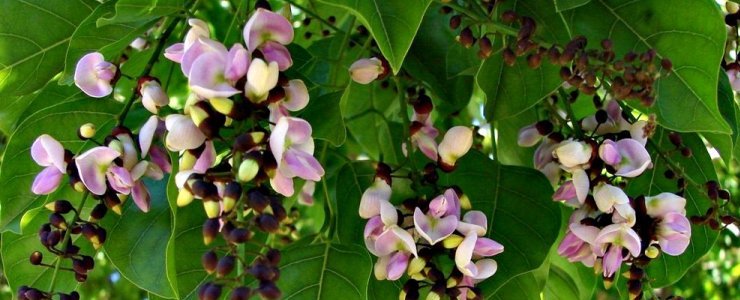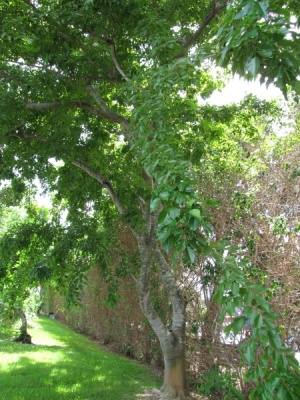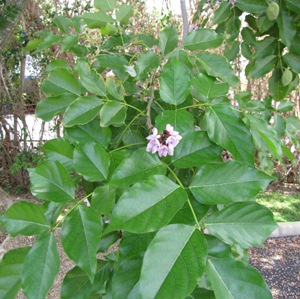
Interactions
Pongamia pinnata is an efficient remedy for many human health problems. It is useful in treating Mycobacterium leprae, the bacterium responsible for leprosy. Pongam root extract is found to be an efficient treatment of ulcers which are caused by Helicobacter pylori bacterium. As well as treating leprosy and ulcers, Pongamia pinnata, effectively manages diarrhea which is caused by a number of bacteria including certain strains of Escherichia coli. In some cases brewer's yeast, or Saccharomyces cerevisiae, induces fever which can be lowered using Pongam tree extracts. Next, Pediculus humanus, better known as head lice, have developed resistance to many drugs, but recently leaf extracts were found to be a killer of these organisms.



There are other probable uses for Pongamia pinnata in the medicinal world. Pongamia is also a potential antifilarial which would be effective against Wuchereria bancrofti, a filarial nematode. In clinical settings, Pongam oil is being tested as a possible antifungal for Aspergillus niger and Aspergillus fumigatus. This organism also shows signs of being a possible antiplasmodial medicine. This would be a huge medical accomplishment in the treatment of malaria, or Plasmodium falciparum, outbreaks.
The Pongam tree has many relationships with other oragnisms. This includes its mutualistis relationship with nitrogen fixing cyanobacteria. Also, during storage, its seed can be parasitized by the Penicillium chrysogenum fungus.
Follow this link to learn interesting facts about Pongamia pinnata.
Go back to the homepage.